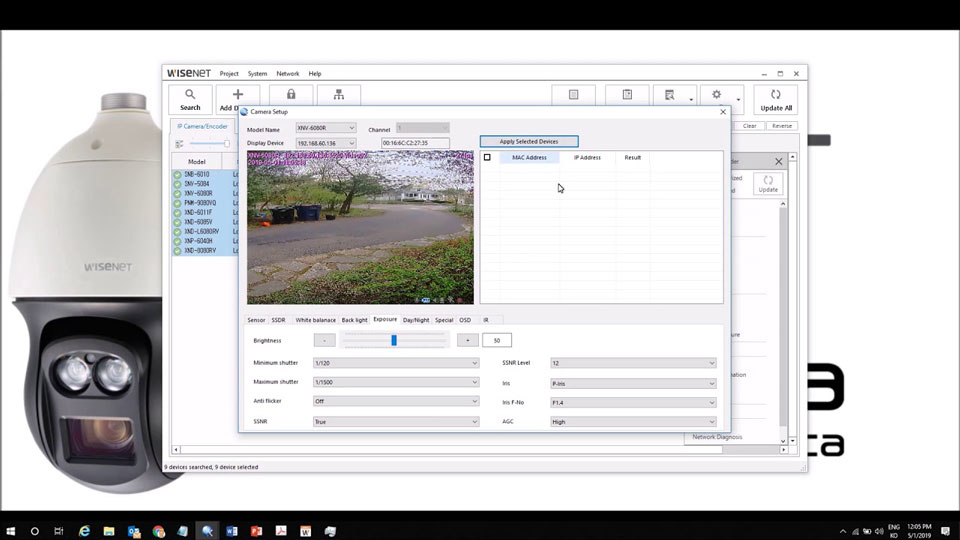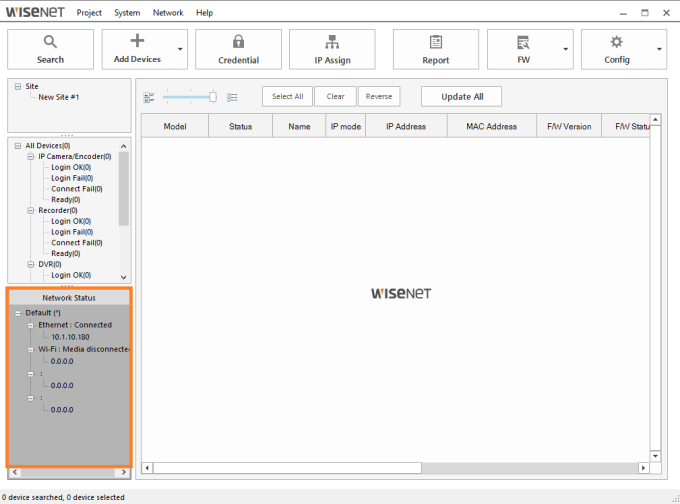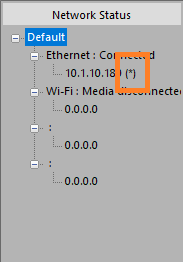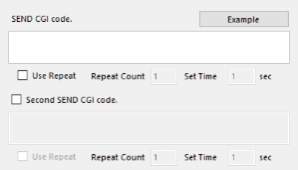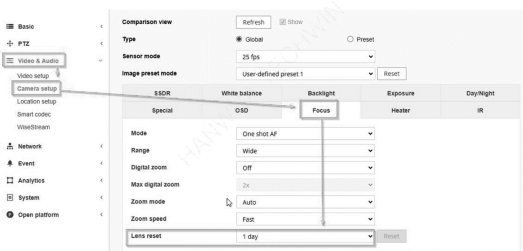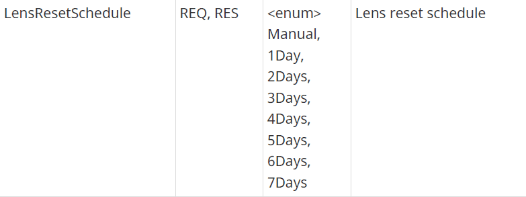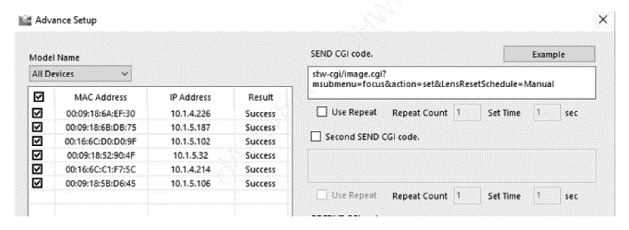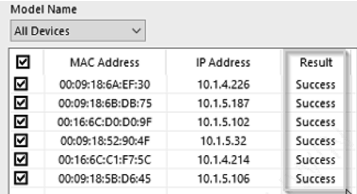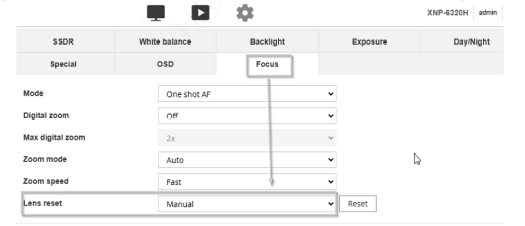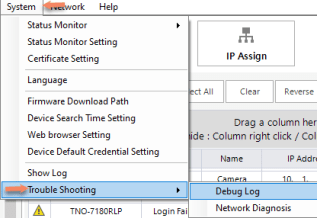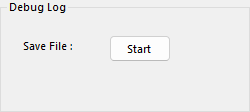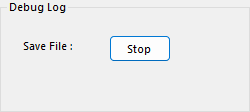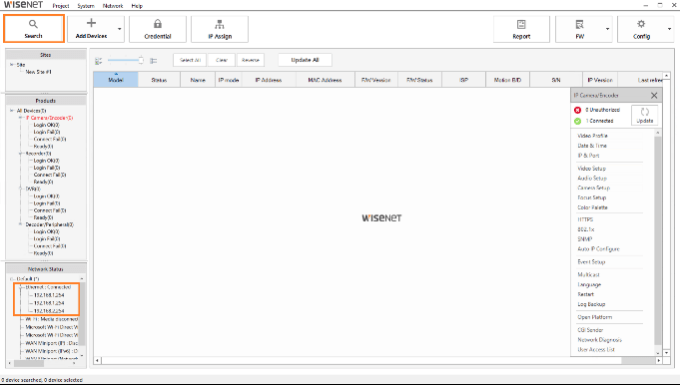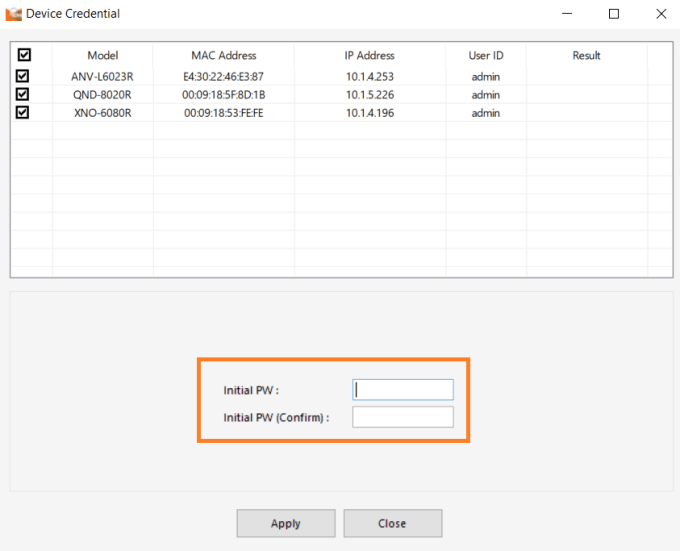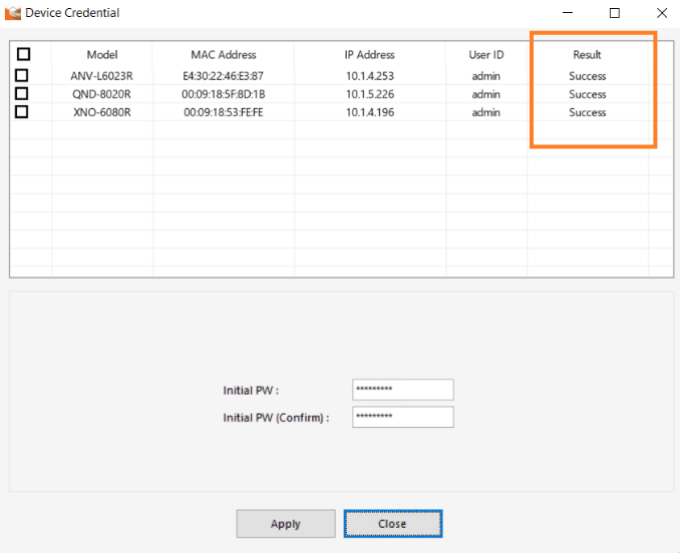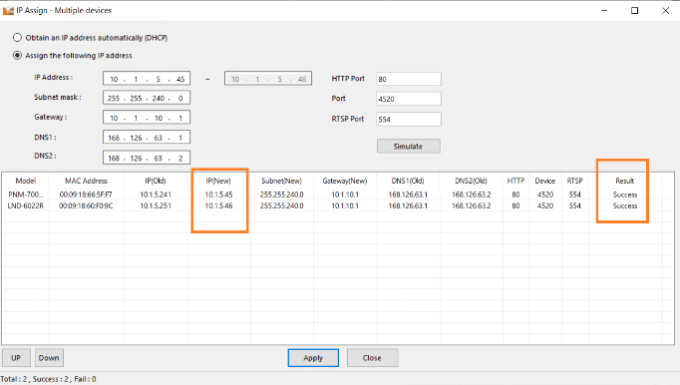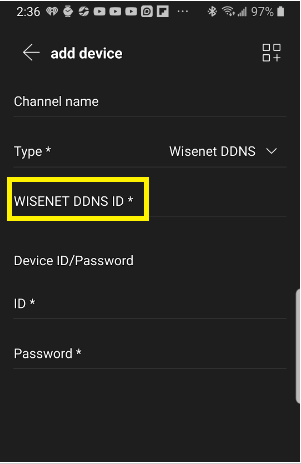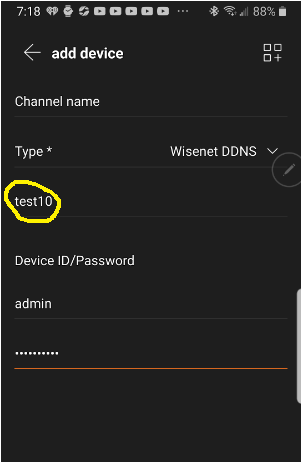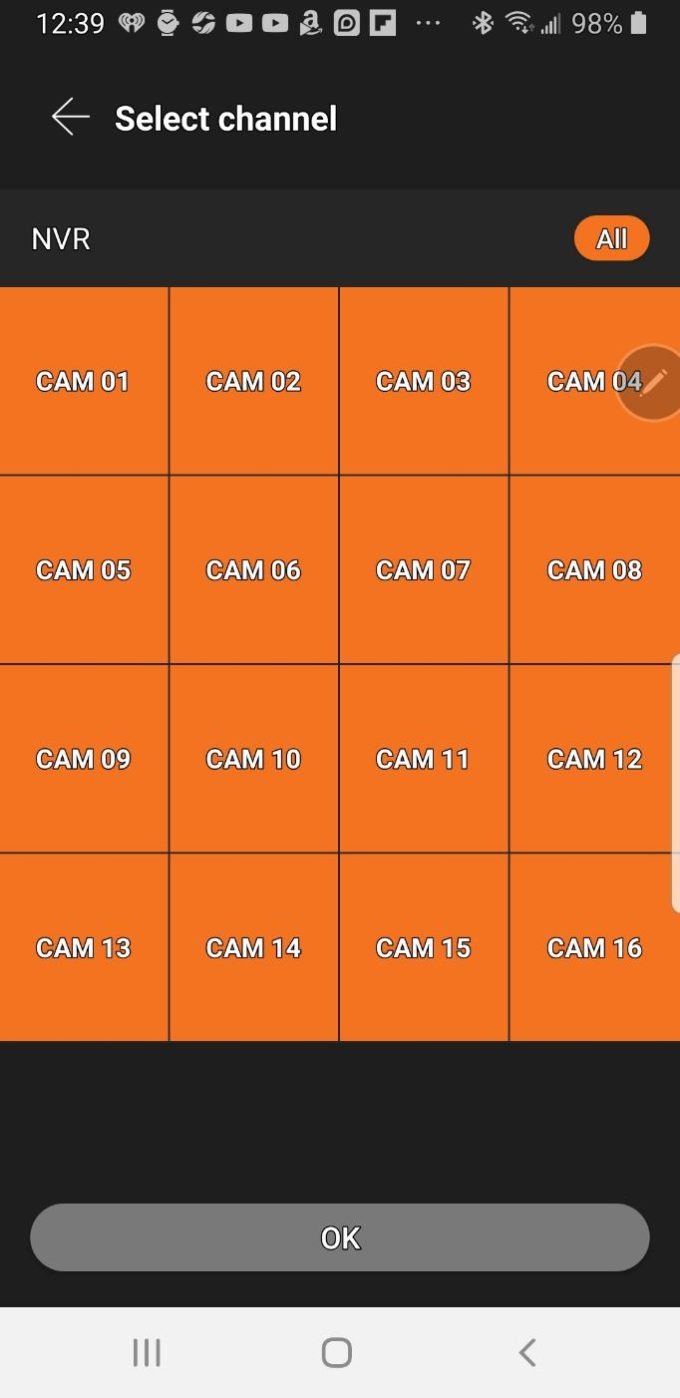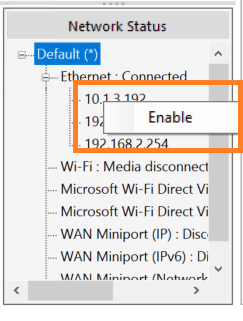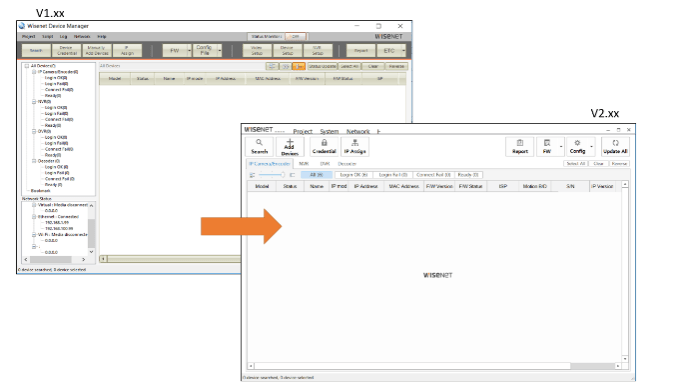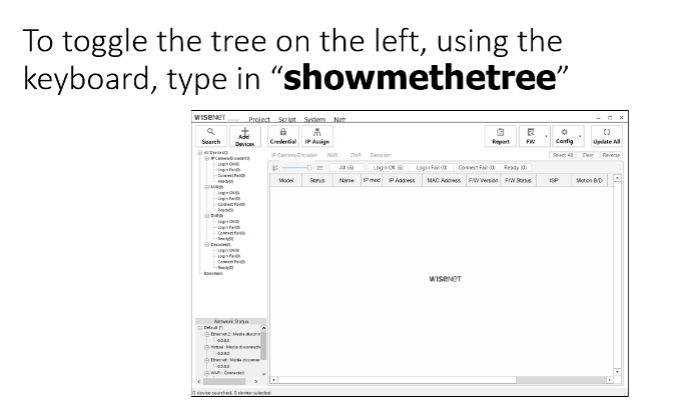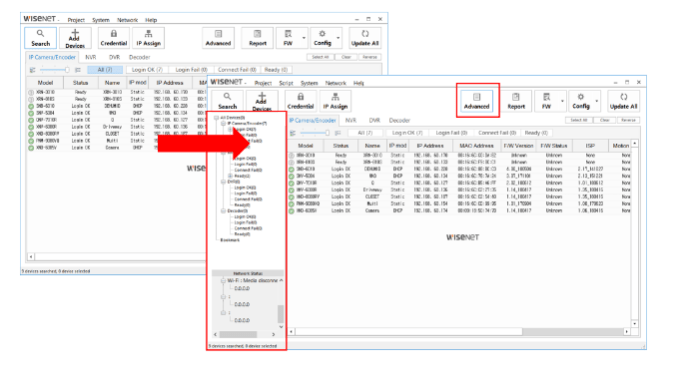Wisenet Device Manager Guide, The Wisenet Device Manager is a custom program that helps the user to manage multiple IP network devices. This program discovers the Hanwha cameras on the network and easily allows the user to modify their IP addresses. The Wisenet Device Manager also lets the user make groups, and save templates to maximize programming capabilities on large installations.
The new WiseDetector allows you to train compatible AI cameras to recognize and detect specific objects per your specific needs.
The download includes any pre-requisite Microsoft software needed for Wisenet Device Manager (NET Framework 4.7.2, Microsoft Visual C++ 2010 Redistributable Package (x86)), usually already installed on modern PCs.
WiseDetector requires the following pre-requisites:
To learn more about upgrading device firmware, view this video.
Wisenet Device Manager – Forcing device manager to search a specific network connection
Wisenet Device Manager (version 2.1.x or higher) can be configured to search a specific network connection when running a network scan.
Your available networks are displayed in the lower-left-hand corner of the Wisenet Application Window (pictured below)
To Specify a network follow the below steps.
1. Highlight and right-click on the Preferred Network Connection to access the Enable Box. Left-click this box to select and enable the network where the scan will be performed
2. An asterisk will appear next to the network you have selected
3. Press the Search Button, which will provide search results only from that network
Submitting CGI Commands in Wisenet Device Manager
Summary:
Wisenet Device Manager has a built in tool called “CGI Sender”. (Figure 1) This tool can be used to send CGI commands to our cameras and is very useful in case a command needs to be sent to multiple cameras (or a batch of cameras) at the same time instead of going to each camera to adjust the individual setting.
Figure 1
Where can you obtain a list of CGI commands?
As a Hanwha Step Partner you can download the CGI manuals from the Step Partner Website. If you do not have a login, you will need to enroll to become a member.
Step by Step Example:
The following steps will show you how to change the PTZ setting “Focus -> Lens Reset” from its default setting “1 day” to “Manual“. This, in effect, will stop the PTZ camera from automatically resetting the focus daily.
By default, our PTZ Cameras have “Focus > Lens Reset” enabled to 1 day.
This is enabled by default to ensure that the camera focus is properly calibrated and does not deviate from its factory calibrated values. To check the current setting, in the camera’s Web UI, navigate to
Settings -> Video and Audio -> Camera Setup -> Focus / Lens Reset (Figure 2)
Figure 2
The CGI command to change the lens reset schedule was taken from the SUNAPI_image_2.6.3 document. (Figure 3)
Figure 3
To change the preset to manual we will use the base CGI command stw-cgi/image.cgi?msubmenu and we will add the lens reset schedule =focus&action=set&LensResetSchedule=Manual
The complete string should be like this:
stw-cgi/image.cgi?msubmenu=focus&action=set&LensResetSchedule=Manual
Open Wisenet Device Manager, highlight all the cameras that you need to send the CGI command to and select
“CGI Sender“
Enter CGI command:
stw-cgi/image.cgi?msubmenu=focus&action=set&LensResetSchedule=Manual Click apply. (Figure 4)
Figure 34
The CGI Sender should show “Success” if the CGI command was successfully sent to the cameras (Figure 5)
Figure 5
To verify that the setting in the cameras changed, follow these steps:
Login to the camera’s Web UI, check if the lens reset changed to “Manual“: (Figure 6)
Figure 6
NOTE: If you have access to other API’s, you can use those with CGI
Sender as well. This article is simply an example of what you can
accomplish with CGI Sender in Wisenet Device Manager.
How To Collect Camera Debug Logs via Wisenet Device Manager
Summary:
If you are experiencing issues with your cameras, it is helpful to supply logs to Tech Support for troubleshooting purposes. This document explains how to gather camera debug and dying logs using Wisenet Device Manager.
Step By Step Guide:
Open Wisenet Device Manager.
Select the cameras you wish to collect logs from, they must have a status of Login OK (Figure 1)
Figure 1
Once selected, go to the menu bar and select System/Trouble Shooting/Debug Log (Figure 2)
Figure 2
Another window will open with the selected cameras listed. There is a File Download field where you will enter the path to where you want to save the logs by selecting the three dots on the side. (Figure 3)
Figure 3
Next, choose start. (Figure 4) Duplicate the issue the unit is having.
Figure 4
Once the issue has been duplicated and you want to retrieve the logs, select Stop. (Figure 5)
Figure 5
This will save the logs in the location you chose in Figure 3. You will see Complete under the Status column. (Figure 6) Once the logs have been created, please supply them to Support via your open ticket.
Figure 6
How do I change or set the IP and password of multiple devices using Wisenet Device Manager?
Wisenet Device Manager Guide
Summary:
This article will walk you through assigning IPs and passwords to multiple devices at one time via Wisenet Device Manager.
NOTE: When two or more cameras, encoders, decoders, etc., are on the same IP address,
you will not be able to register them into an NVR; you also will not be able to
log in via a web browser.
Step By Step Guide:
1. Download Wisenet Device Manager and its manual from >Here<
2. Install Wisenet Device Manager
3. Make sure your PC’s network card has an IP address assigned to it
4. Click the Search button in the upper-left part of the screen (Figure 1)
NOTE: If search returns no results, try using the article >Here< to diagnose
the search issues
Figure 1
5. The devices found will appear in the device list (Figure 2)
6. Device statuses:
Figure 2
7. Click Ctrl+A to select all of the devices at once, they will become highlighted (Figure 3)
8. The Status column may say Need PW (Figure 3)
Figure 3
9. Click on Credential (Figure 4)
Figure 4
10. Enter your Password, and Confirm your Password (Figure 5)
11. Click Apply (Figure 5)
Figure 5
12. The Result column should say Success (Figure 6)
Figure 6
13. With the cameras selected, click IP Assign (Figure 7)
Figure 7
14. When there are multiple cameras selected, you put in the starting IP (Figure 8)
15. Click Simulate (Figure 9)
Figure 9
16. Click Apply (Figure 10)
17. The Result column should say Success (Figure 10)
Figure 10
How do I Configure DDNS for Wisenet Mobile?
Summary:
Below are the steps required to configure Wisenet Mobile-DDNS. This assumes that the recorder is properly connected to the network and has the relevant ports forwarded in the router.
Note: For best cyber secrity, many Hanwha recorders support P2P, which is a secure method of access without the need for port forwarding.
Step By Step Guide:
1. On the DDNS ID field enter the Product ID or Host Name.
2. Enter the device credentials
3. Select the devices to be viewed or monitored.
Wisenet Device Manager – Password Policy Change October 2019

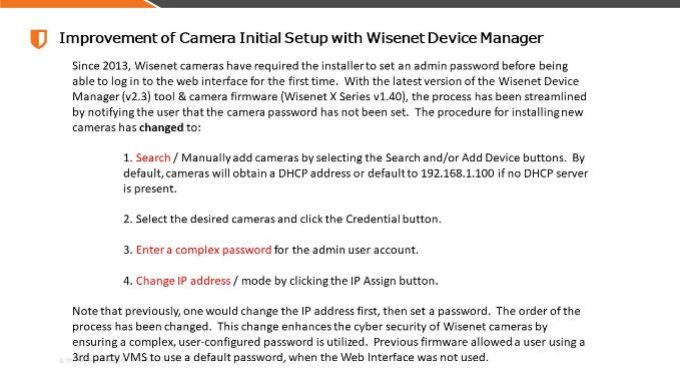
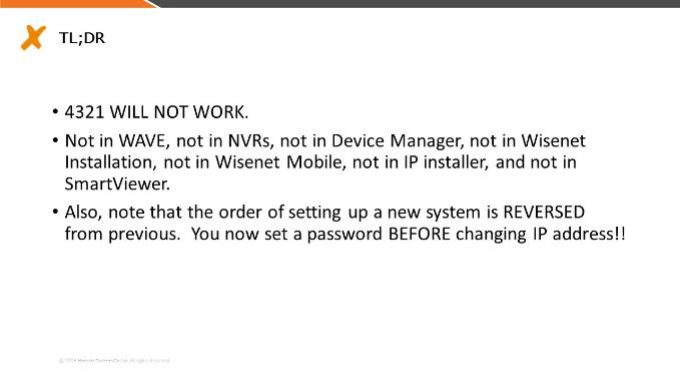
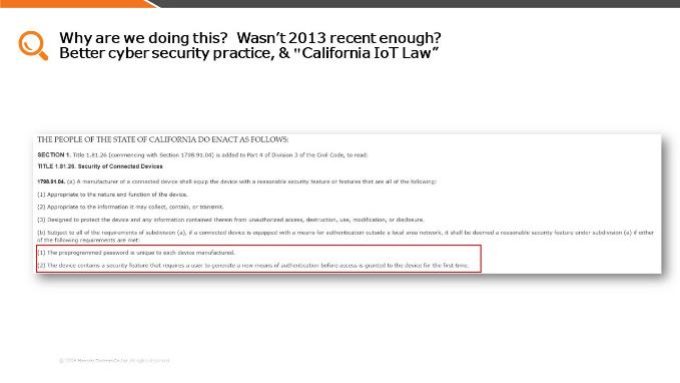
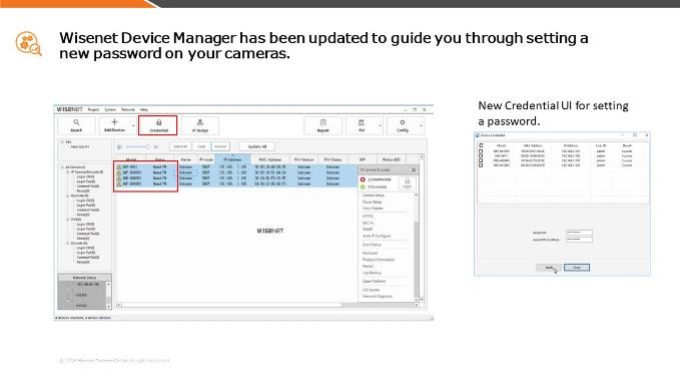
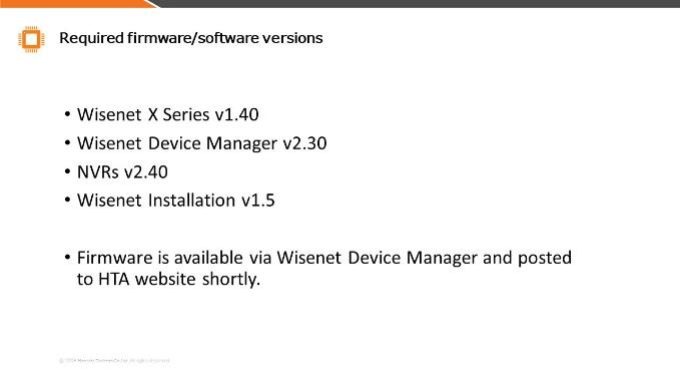
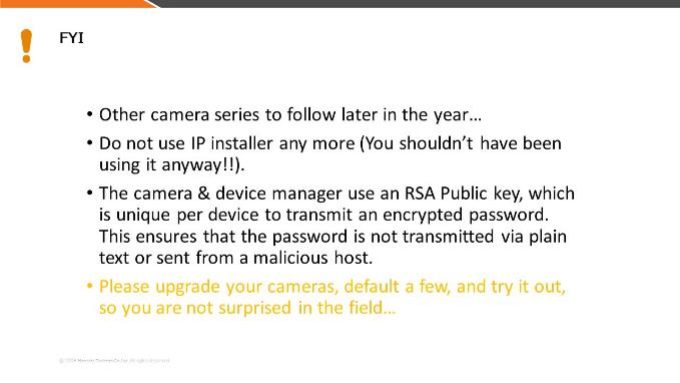
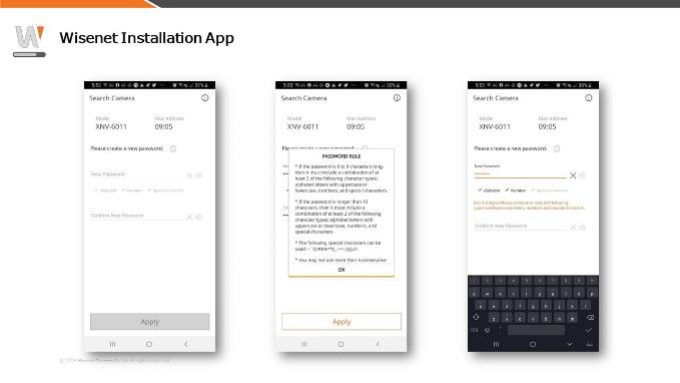
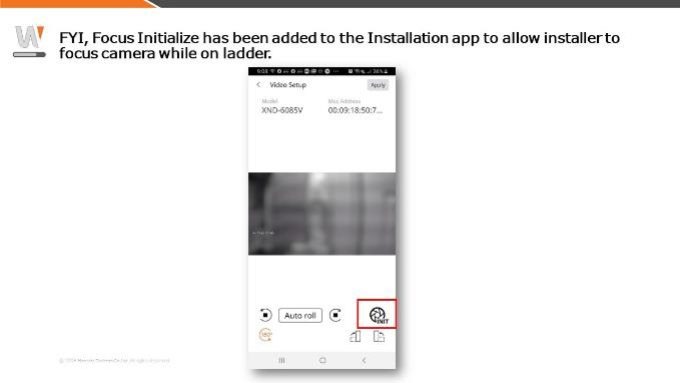
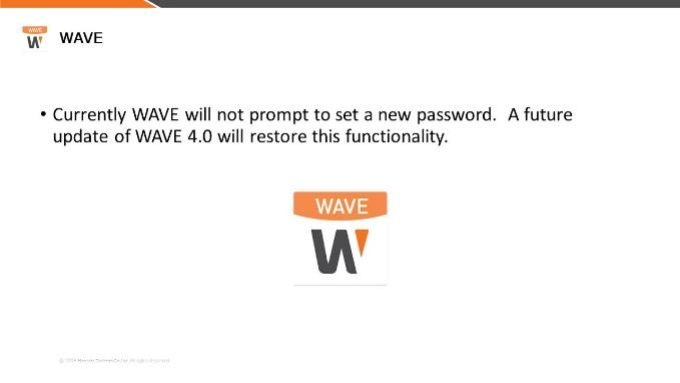
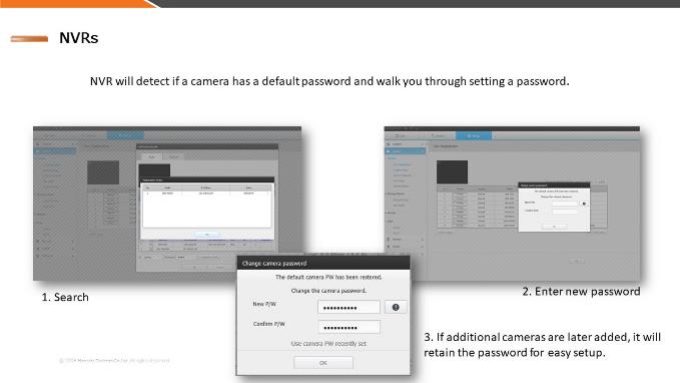 Why is Wisenet Device Manager unable to discover cameras?
Why is Wisenet Device Manager unable to discover cameras?
Summary:
The Wisenet Device Manager is a program used to manage multiple IP network devices; it discovers any Hanwha cameras, encoders, decoders, intercoms, DVRs, or embedded NVRs on your network and easily allows you to modify their IP address.
Explanation of Behavior:
Figure 1
Step By Step Guide:
1. Open the Wisenet Device Manager application
NOTE: You can download the latest version, and its manual >Here<
2. In the lower left-hand corner, you will see Network Status (Figure 1)
3. Right-click on the network you wish to search (Figure 1)
4. If there are multiple networks on your PC, right-click on the network you want to scan and left-click Enable (Figure 2)
Figure 2
Wisenet Device Manager – Missing Device/Network Tree
The Wisenet Device Manager v2.00 interface has changed from the 1.xx version, and removes the tree on the left side. This tree showed device selection/filter, bookmarks, and network card/IP address selection.
To regain this function for version 2.00, follow the instructions below. You can also upgrade to version 2.01, as shown at the bottom and use the Advanced button.
Version 2.0.1 now has an advanced button, which toggles the tree, as shown below. You can use the Online Updater to easily update to the latest version, or simply download the latest version from our website.
